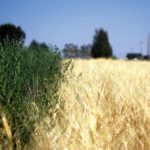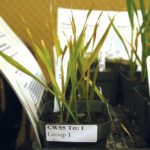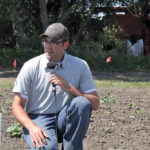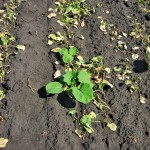
Tag Archives herbicide resistance

War on weeds, take no prisoners
Hart Attacks: It will take money and commitment to just to hold enemy line

Manage herbicide resistance before you have it
Try a wide variety of weed control strategies

Have your kochia tested for resistance
Keeping this weed in check required a multi-pronged management approach

Reporter’s Notebook: How will we be farming in 20 years?
Lisa Guenther points to two agronomic problems shaping our future cropping plans

Getting to know your herbicides: Group 1
A look at how Group 1 chemicals work and what you can do to manage weed resistance

Which weeds will develop resistance?
Stay ahead: know which weeds are most likely to develop resistance to which chemistry

Herbicide-resistant weeds: don’t be in denial
Herbicide resistance is a growing problem that all Prairie farmers need to address

Managing herbicide resistance
Gowan Canada will host a speaker series on Wednesday and Thursday at Ag in Motion

Managing herbicide resistance costs
Farmers considering herbicide resistance strategies are looking at the economics first

Tips for wild oat and volunteer canola control
Agronomy tips... from the field


